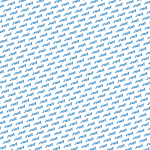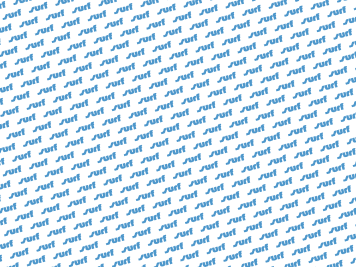In this article:
Paddling correctly - the basics





Move the paddle far enough forwards without overdoing it by stretching your forearm and loosening the wrist of your lower hand. If you open the fingers of your lower hand, you can move the paddle blade a little further forwards without becoming too unbalanced. Make sure that the elbow of the upper arm remains slightly bent and is not held too far upwards.
In this phase, bend your knees slightly to improve your balance and power transfer. During the pulling phase, make sure that your forearm remains extended and that you pull yourself towards the paddle blade with a coordinated movement of your hips, shoulders, thighs and abdominal muscles. Imagine that the board is moving forwards towards the paddle instead of the paddle moving towards you. Now comes part 2 - the recovery phase.
Paddling basics: the recovery phase





Good to know
The role of the arms compared to the rest of the body is not too great. The wrong reflex is to bend the forearm in order to pull the paddle towards you with the strength of the biceps. Compared to the other muscle groups involved in paddling, this is a rather weak muscle. The shoulders, abdomen and thighs are the real motors.

Paddling your first turns on the SUP
Before you make full 180-degree turns, it is advisable to start with small changes of direction. You can do this with the bow stroke.






In contrast to normal paddling, where you guide the blade along the edge of the board to go as straight as possible, here you push the blade away from the edge of the board to create a turn.
The further you reach out with the paddle in this movement, the more radical the turn will be. For a rotation of 180 degrees or more, repeat this movement several times until you have turned in the desired direction.
The mind thinks - and steers
The head is generally the most important directional element in most board sports: you turn wherever you look. In this sequence, you can see how the paddle blade is pointing outwards and your gaze and shoulders are already orientated in the direction you want to turn (image 1).






Good to know
For the first few turns, it is advisable to use a board that is big enough to be stable, but not too long so as not to make steering unnecessarily difficult.
Now it's time to go round: the crossbow turn on the SUP
The crossbow turn allows you to turn very efficiently without having to move your feet.
having to move your feet. At the same time, the risk of falling is quite low here.






The crossbow turnis particularly effective for large boards and is therefore also used in SUP races with boards of 12'6'' and longer.
Perform the movement in slow motion at first and then do it more quickly once you have internalised the sequence. The most complicated part is understanding how to move the paddle to the other side without changing your hand position: For example, if you are paddling on the right side, you bring the paddle over the front to the left side of the board while maintaining the same hand position.
C-stroke: fast turning without much movement
The C-turn or C-stroke (below) allows you to turn quickly without moving your feet or paddle to the side. It is also particularly useful if you want to reposition yourself sideways (to approach a jetty, get closer to another board or control your starting position in a race).






Tricktionary - the SUP bible
Book tip: Tricktionary - Michi Rossmeier and Fred Bonnef present what is probably the most comprehensive work on SUP alone on 528 pages.
"In addition to countless hours at the computer, I like to remember the days when we set off at six in the morning for the photo shoot for the book and I could then watch from a cliff as the first rays of sunshine hit perfect waves, from which an extremely motivated Fred stylishly rode one after the other with his 80-litre SUP."
But the book doesn't just contain radical action, but also basics and riding techniques from downwinder to SUP foiling and yoga.
The hardcover SUP dictionary is available in five languages and costs 49.90 euros. The German version will be available in surf shops from July. You can find more information at tricktionary.com - order right here->









